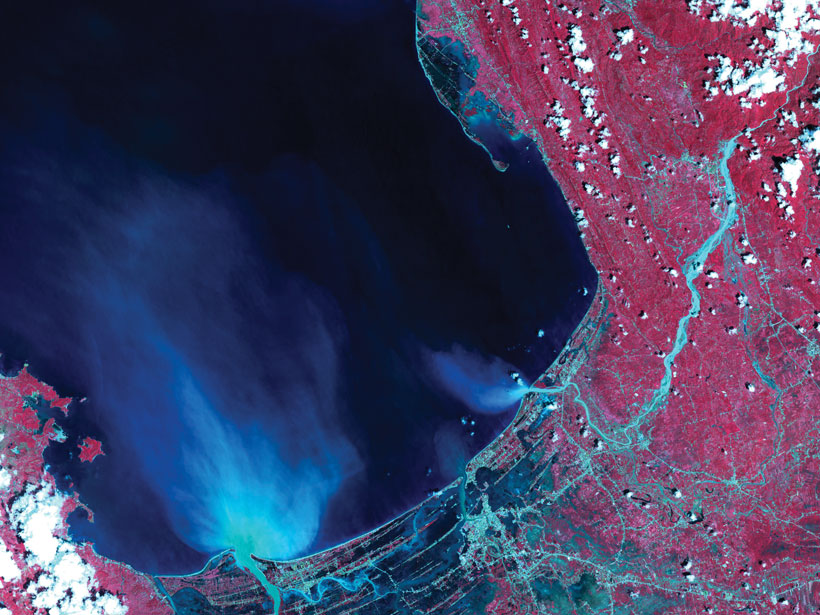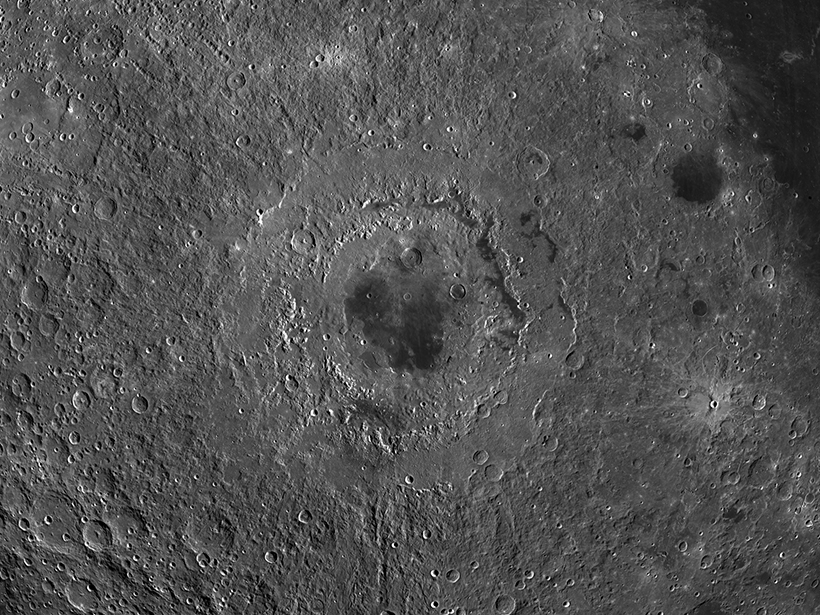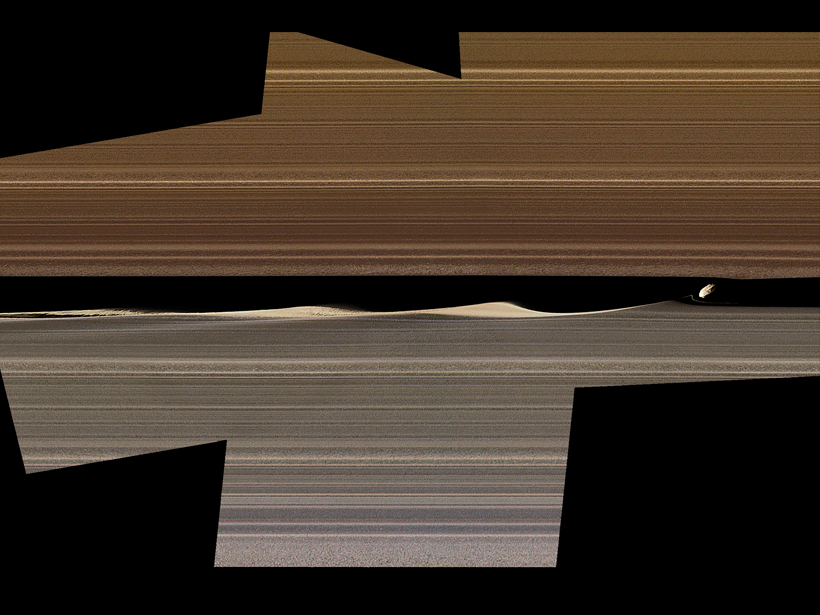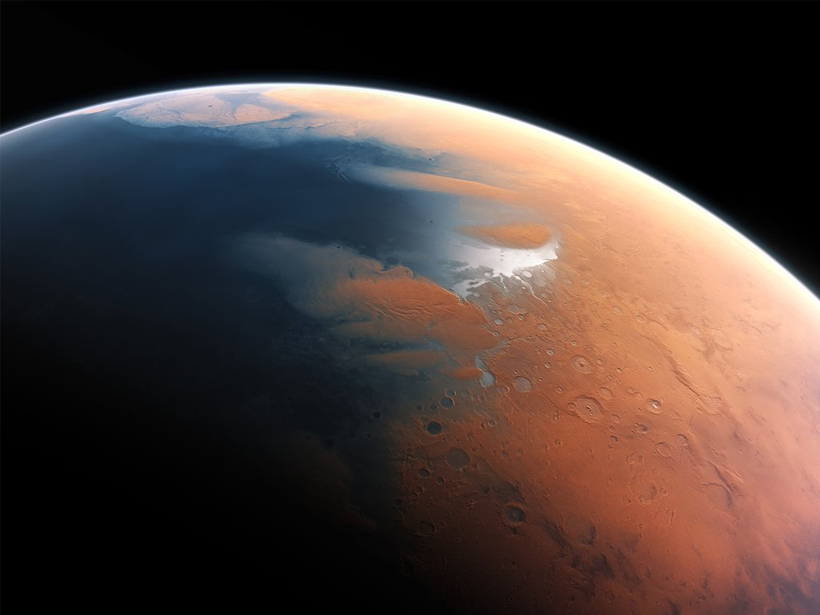This month’s issue of Eos shows how scientists can sometimes get a better look at something by stepping far—much, much farther—away.
satellite imagery
Mapping Martian Dunes from Orbit
New research shows how fast the sands shift on the Red Planet and how useful imagery from different orbiting cameras can be in studies of Mars’s dunes.
River Ice Is Disappearing
Over the past 3 decades, the persistence of river ice has decreased by almost a week. The decrease in ice has important implications for ecology, climate, and the economy.
Rolling Rocks Reveal Recent Moonquakes
Using satellite images of the lunar surface, scientists find trails left by boulders shaken loose by seismic activity.
Artificial Intelligence Can Spot Plankton from Space
Training an algorithm with satellite images of ocean color reveals the blooms and busts of phytoplankton communities.
The Cassini Mission May Be Over, but New Discoveries Abound
New analysis of high-resolution images shows ring textures and disruptions within Saturn’s rings in unprecedented detail.
Mysterious Coral Reef Halos Can Be Seen from Space
Grazing rings around reefs have the potential to be used as a tool for monitoring reef health, but first, scientists have to figure out what factors govern halo size differences.
Satellite Imagery Reveals Plastic Garbage in the Ocean
Using high-resolution satellite data, scientists pinpoint discarded plastics floating off the coasts of Canada and Scotland.
A New Way to Analyze Evidence of Martian Oceans
Mars’s aqueous past holds the answers to many questions about the Red Planet. A new study provides a tool for scouring planetary surfaces for ancient shorelines.
Pluto’s and Charon’s Craters Reveal a Solar System Deficit
The New Horizons spacecraft recorded images of craters that imply an unexpected dearth of small objects in the Kuiper Belt.










